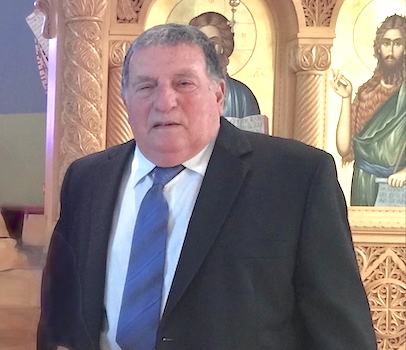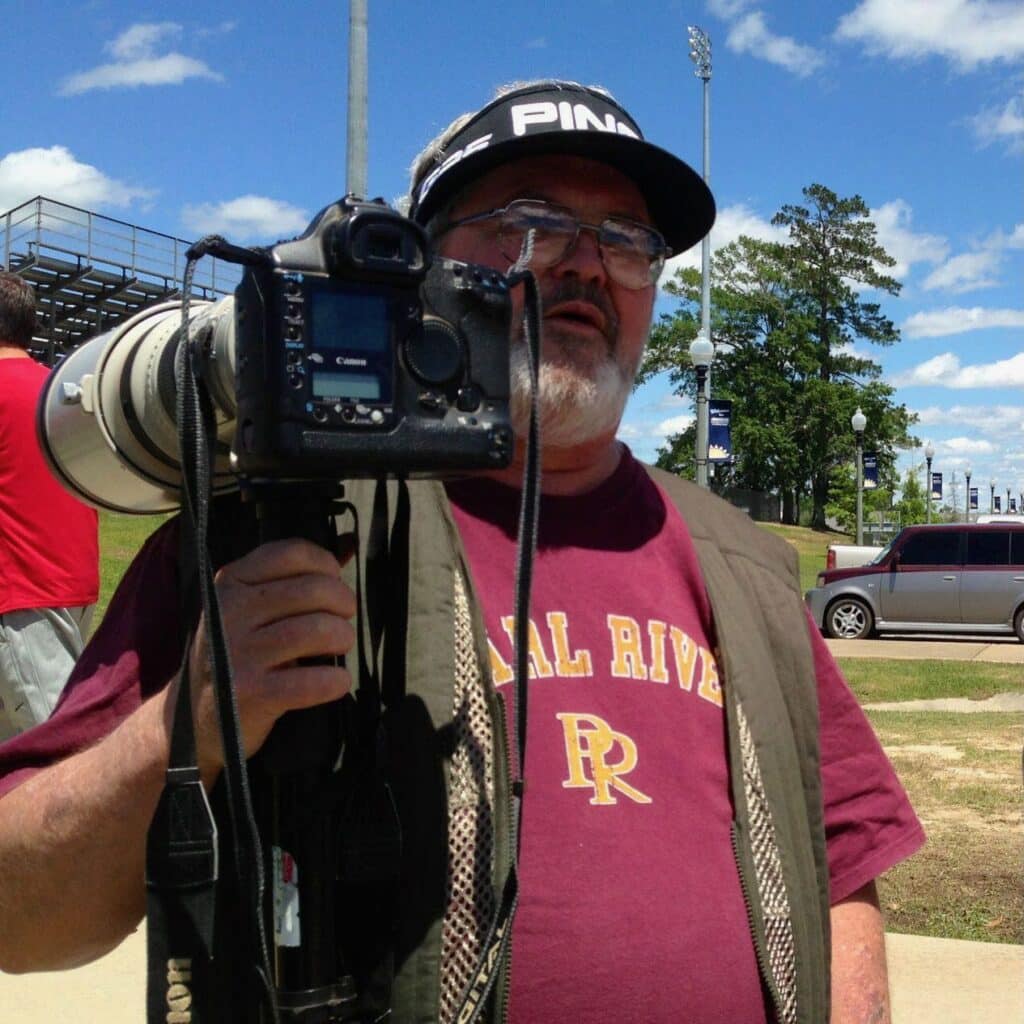Arboretum uses controlled burn to refresh pine wetland
Published 7:00 am Tuesday, February 4, 2014
The fire danced above the ice Friday as Crosby Arboretum used controlled fire to burn the grass and small bushes so that sunlight could again reach the ground and let grass and other low, sun-dependent plant life return to a 40-acre pine savannah, or wetland, across from the arboretum’s main site;
Terry Johnson, the arboretum’s grounds and maintenance supervisor, was in charge of the burn and used a combination of volunteers, arboretum personnel and Mississippi State University extension employees.
The controlled burn, as the practice is known, took from about 10 a.m. to about 3 p.m. Johnson had to acquire a burn permit in order to burn the acreage so that fire agencies and residents of the area would know what is going on. He also put up signs along the road to tell motorists what was happening and to be careful because of the smoke.
Trending
“We burn three years out of five to control the weeds and unwanted plants and to let the sun in to maintain a wet pine savannah. Also, some plants are really fire dependent. They need the fire to grow,” Johnson said.
He said the 40-acre plot burned on Friday actually had gone four years without a fire due to weather conditions and scheduling conflicts.
Crosby Arboretum director Pat Drackett praised Johnson’s work in keeping areas within the arboretum’s boundaries burned on schedule as well as the outside areas, including Hillside Bog, for which the arboretum is responsible, and the area across Ridge Road from the arboretum that was burned Friday.
“Terry was so happy to get everything burned by the end of the month (January) that had to be burned. Otherwise, he probably would have had to wait until March or later in the year,” Drackett said
As an example of plants that need fire, Johnson said, is the longleaf pine, which is native to this area. It needs fire to kill a soil-born fungus that infects the needles when they touch the earth in newly sprouted pines, preventing them from growing into the tall, magnificent trees they can become. The pitcher plants that grow in the wet soil need fire to keep them from being crowded out.
As previously published in the Picayune Item and elsewhere, the early research into the need for fire by young longleaf pines was pioneered in Pearl River County by S.W. Green, then director of the agriculture experiment station at McNeill. Unfortunately, the U.S. Forest Service was then pushing the Smokey the Bear message of not burning the woods and his research was kept under wraps by the U.S. Department of Agriculture until well after World War II.
Trending
Controlled burns, also called prescribed b urns, are still controversial in some parts of the country. Though advocated by foresters in the western part of the United States to keep down the brush and other flammable materials that gather on the floor of forests that contribute greatly to the massive forest fires in that region of the country, they are seldom used because of public pressure against them.
However, they are not so controversial in this part of the country and are used in both public and private forest management for brush control and used by places such as Crosby Arboretum to manage for species that are dependent on fire for disease control, insect control, to aid in seed sprouting and to provide room and sunlight some plants can’t get without fire from time to time.
Johnson said he is especially dependent on volunteer labor to help him manage the controlled burns that benefit the plant life while they are burning above ground.
“You have to stay with it,” he said.
On Sunday, Johnson said he had been out in the burned area on Saturday dousing stumps where the fire had gone underground. “That lighter wood in those roots, it could burn for days if you didn’t pour enough water on it to get deep enough to put out the fire.”
He said extension employee Louis DeJean and Jarett Hurlston, who also works for the arboretum, along with volunteers Paul Breland and Robby Jones of Bridgeway, Barbara Bowen, Jack Azwadswki, Robert Lorins, Tom Heim, Jerry Billiot, Chris Westervelt, Paul MacInnis and John Hindman II all made Friday’s burn possible.
“Without their help, I couldn’t have done it,” Johnson said.





